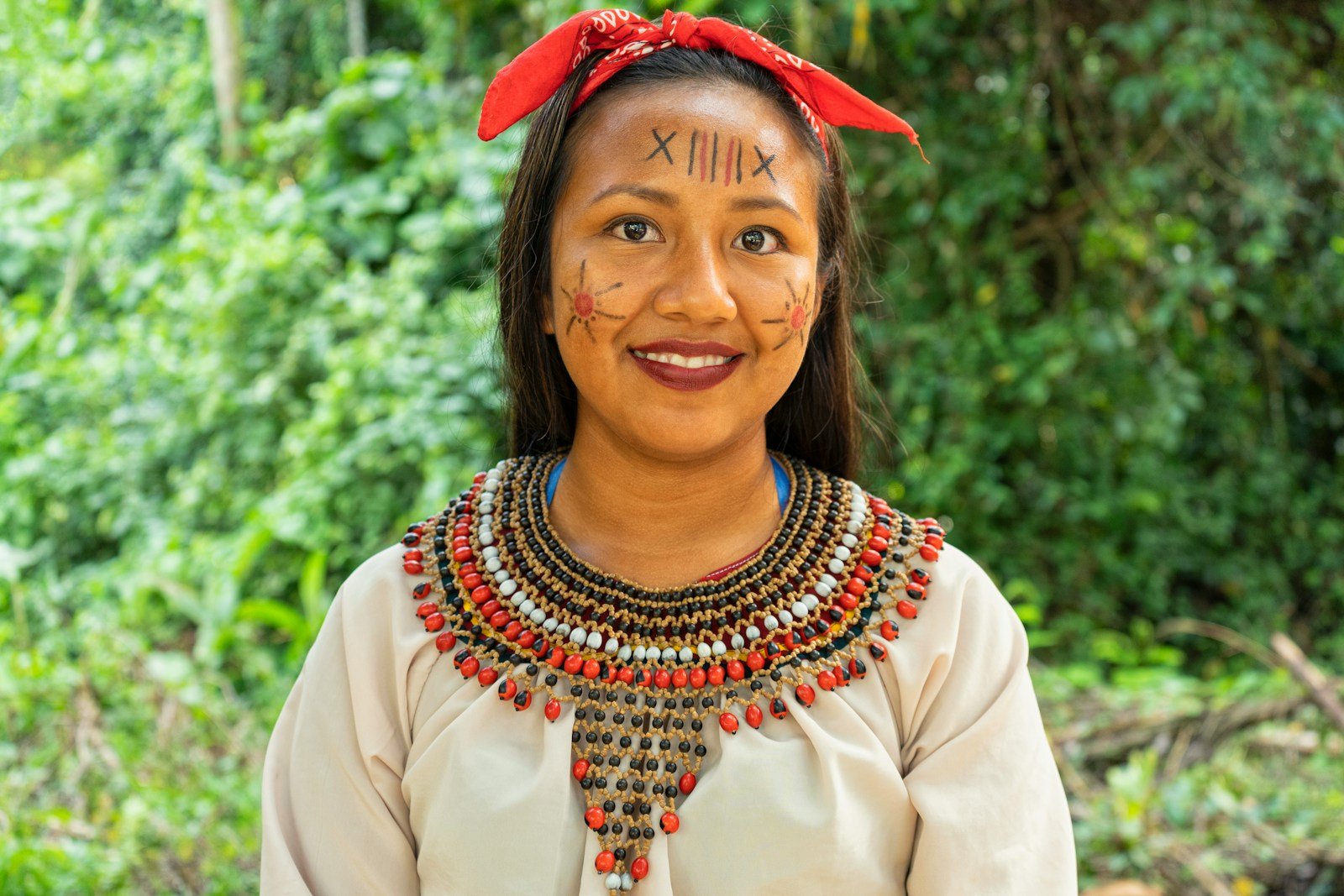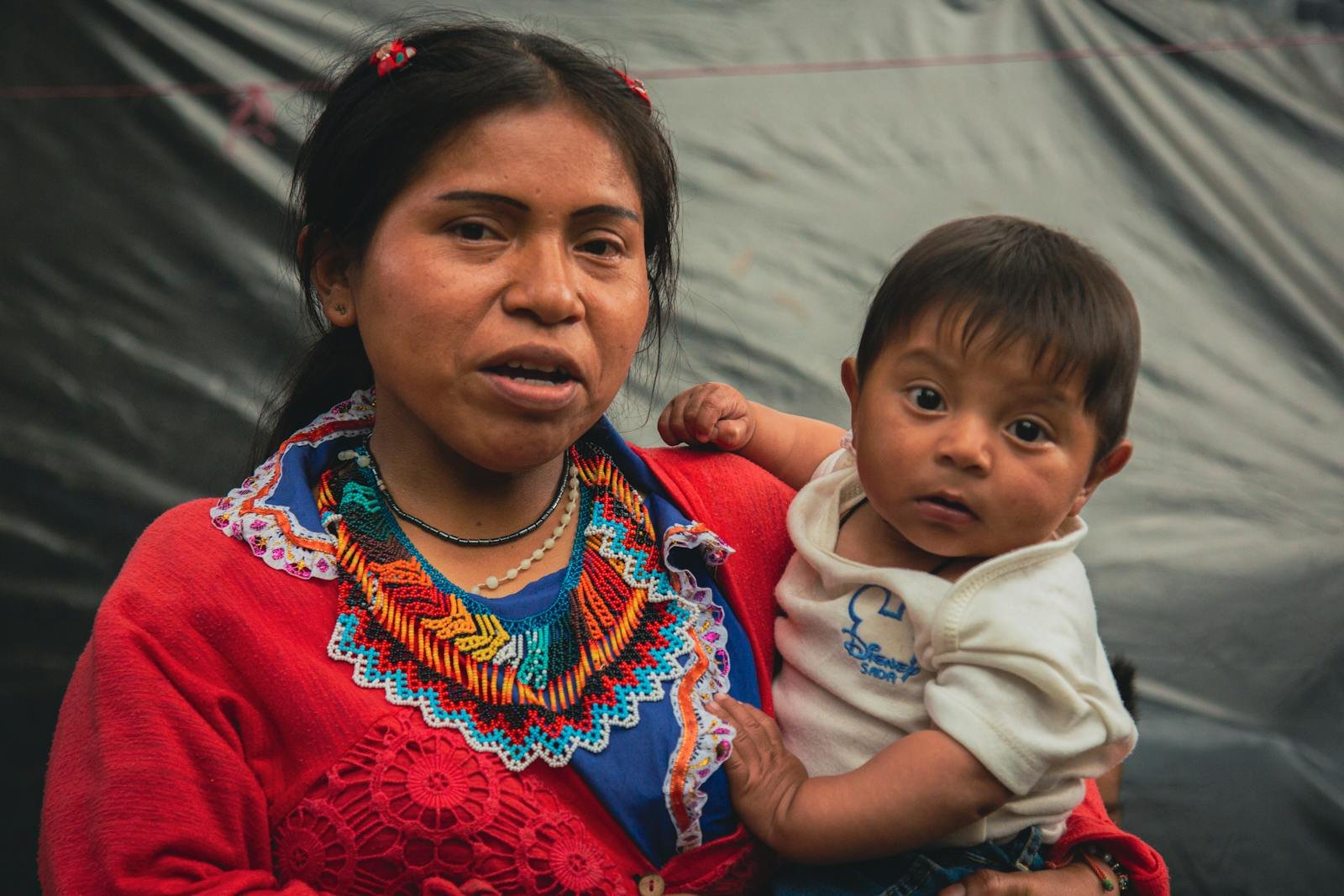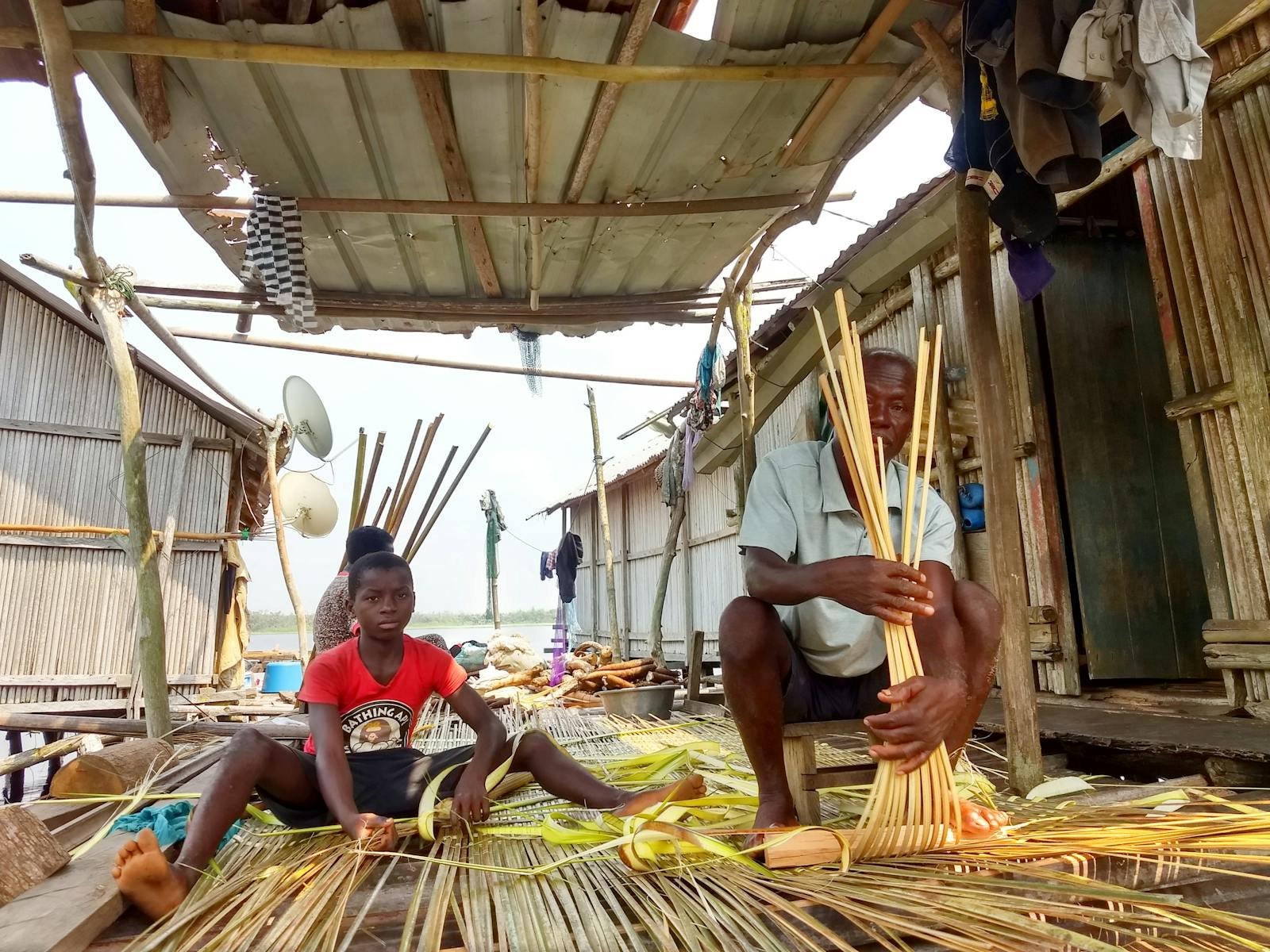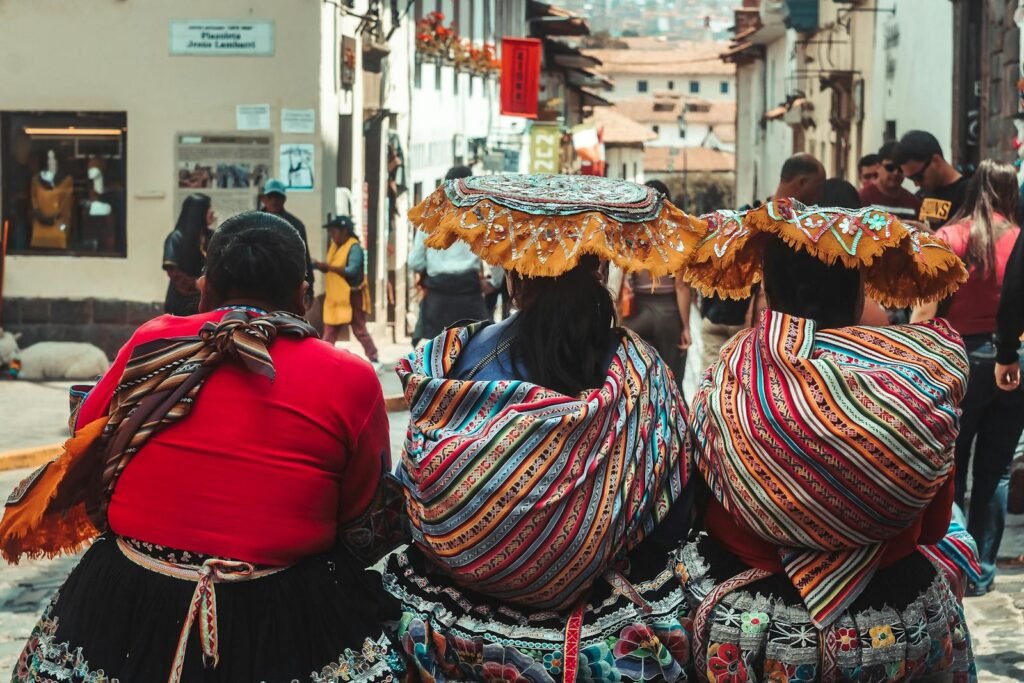Indigenous knowledge refers to the understanding, skills, philosophies, and techniques developed by Indigenous communities over centuries of interacting with their natural environments. In wildlife conservation, this knowledge is increasingly being recognized as an invaluable asset. At its core, Indigenous knowledge emphasizes a profound connection with the environment, which can offer fresh perspectives and solutions to modern conservation challenges.
Understanding Indigenous Knowledge Systems

Indigenous knowledge systems are grounded in a holistic understanding of nature, integrating cultural, spiritual, and ecological elements. Unlike conventional scientific approaches, which often compartmentalize nature into distinct areas of study, Indigenous knowledge takes a more integrative approach. This perspective sees humans as an intrinsic part of the ecosystem, promoting sustainability, balance, and respect for all living entities.
Traditional Ecological Knowledge (TEK)

A key component of Indigenous knowledge is Traditional Ecological Knowledge (TEK). TEK includes observations, interpretations, and practices derived from direct experience with the natural world. For instance, many Indigenous communities have developed profound insights into animal behaviors, migration patterns, and ecosystem dynamics that remain largely unavailable through academia. These insights can guide modern wildlife conservation efforts, offering alternative strategies for habitat management, species protection, and resource allocation.
Case Studies: Successful Integration of Indigenous Knowledge in Conservation

Several case studies highlight the effective incorporation of Indigenous knowledge in conservation efforts. In Australia, Aboriginal land management strategies, including controlled burns known as fire-stick farming, have been incorporated into modern practices to manage the land and conserve biodiversity. Similarly, in the Arctic, the knowledge held by Inuit communities about polar bear populations has been crucial for creating sustainable management policies.
Bridging Indigenous Knowledge and Scientific Research

The integration of Indigenous knowledge with scientific research can create more comprehensive and effective conservation strategies. Collaborative efforts between Indigenous communities and scientists can pave the way for groundbreaking projects. Initiatives that bring together these two knowledge systems typically lead to improved outcomes in biodiversity conservation, as they are based on more culturally sensitive and ecologically aware approaches.
Challenges and Barriers

Despite its potential, the integration of Indigenous knowledge in wildlife conservation faces several challenges. Institutional biases and a lack of respect for Indigenous expertise often obstruct meaningful collaboration. Additionally, legal and policy frameworks frequently fail to recognize the role of Indigenous peoples as stewards of the land. To overcome these barriers, increased advocacy, education, and policy reform are essential to ensure that Indigenous voices are heard and valued in the conservation narrative.
The Path Forward: Enhancing Indigenous Participation

To fully harness the potential of Indigenous knowledge in conservation, meaningful steps must be taken to enhance Indigenous participation. Empowering Indigenous communities through co-management agreements and decision-making rights can foster an environment where their knowledge and practices are institutionalized within wildlife conservation. This approach will also help reconcile cultural perspectives with conservation science, leading to more sustainable outcomes.
Conclusion: Embracing a Collaborative Future

The merging of Indigenous knowledge with modern conservation practices marks a promising path toward sustainable wildlife management. By honoring and integrating these traditional insights with scientific methods, conservationists can address environmental challenges more holistically. Embracing Indigenous knowledge not only enriches the field of wildlife conservation but also fosters a more inclusive, diverse, and effective approach to preserving the planet’s rich biodiversity.



